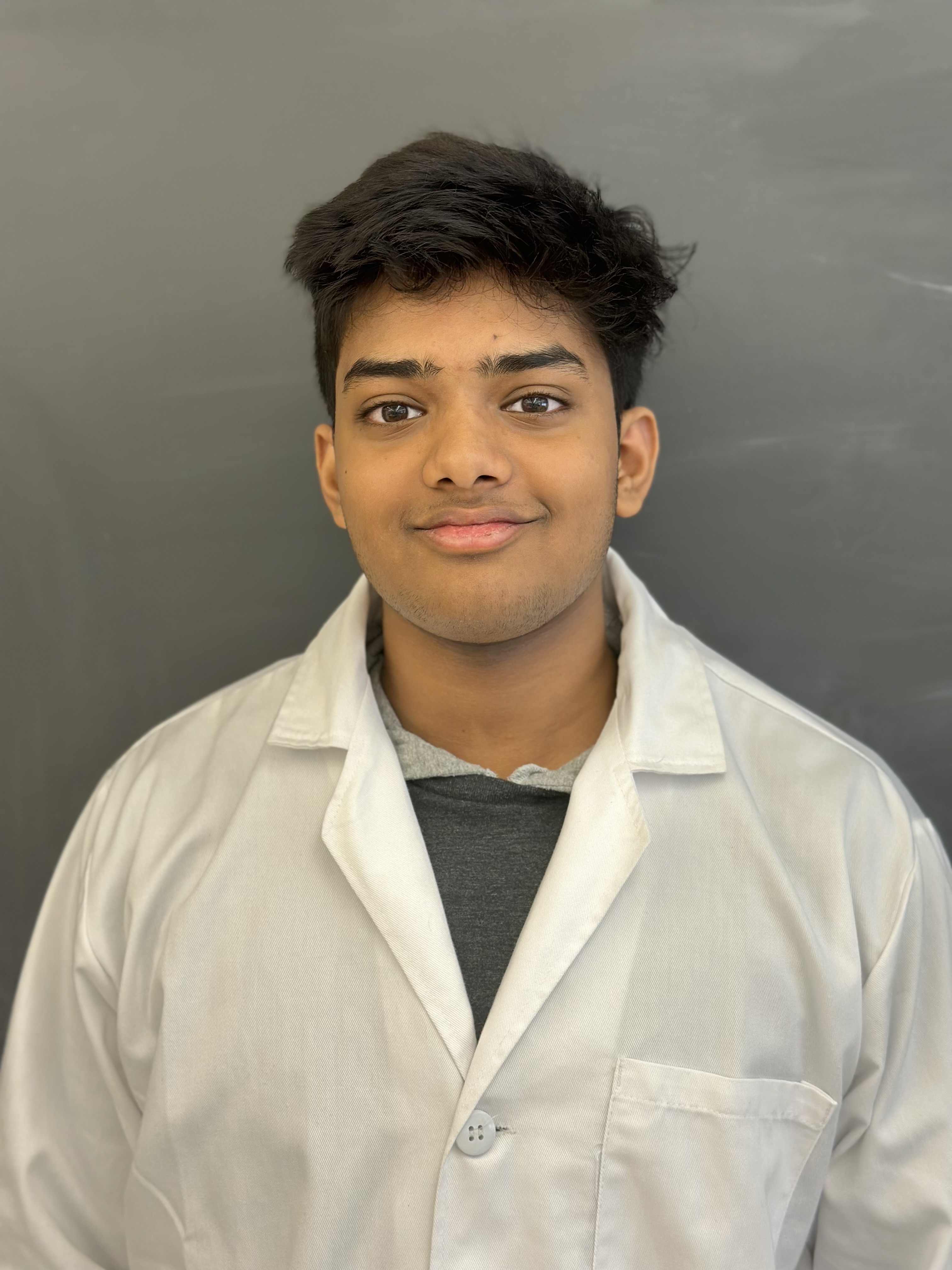Below is a summary of the abstract you submitted. Presenting author(s) is shown in bold.
If any changes need to be made, you can modify the abstract or change the authors.
You can also download a .docx version of this abstract.
If there are any problems, please email Dan at dar78@pitt.edu and he'll take care of them!
This abstract was last modified on March 21, 2023 at 5:09 p.m..

During the fall semester of 2022, one section of the SEA-PHAGES introductory biology lab course (BIOL 222L) at Case Western Reserve University used Azotobacter vinelandii as a host species for the isolation of novel bacteriophages. A vinelandii is a globally distributed and genetically tractable diazotroph capable of fixing nitrogen aerobically. It is a gram-negative bacteria from the class Gammaproteobacteria. Understanding soil phage-host dynamics is key for evaluating the role of phages in biogeochemical cycles and in overall ecosystem functioning. An important first step in this project is isolating and charactering A vinelandii phages, since no molecularly characterized phages have thus far been described, although prophage genomes are predicted from whole genome sequencing of Azotobacter species. In all, we isolated at least 8 unique phages from soils from northern Ohio, 6 of which appear to be temperate. Electron microscopy revealed that they have diverse morphologies, including podoviridae, siphoviradae, and myoviridae. All of the podoviridae and siphoviradae appear to have icosahedral heads, while the lone myoviridae has a prolate head. We used Oxford Nanopore Technology to sequence all of these bacteriophages. After initial sequencing, base calling, quality control, assembly and polishing, each phage genome consisted of approximately 2-3 contigs. Genome sizes ranged from approximately 100 to 250 kB. Surprisingly, BLAST results indicate nearly no overlap between Azobacter phages and any of the phages found in the Actinobacteriophages database. Rather, there is considerable similarity to phages capable of infecting Enterobacter species. We are using genome alignments with these Enterobacteriophages to order and orient contigs for individual Azobacteriophages, and are designing primers for Sanger sequencing to complete the genome assembly. We are in the process of identifying core structural genes and integration cassettes for each genome, and will perform phylogenetic analyses on these sequences. We are in the process of making lyosgens for all of the temperate phages in order to test immunity relationships between them. We aslo noticed greater phage virulence when phages infected A vinelandii growing in nitrogen rich media compared to nitrogen deficient media (PYCa vs. Dean). We are testing this directly using Nitrogen deficient media supplemented with various concentrations of glutamine as a nitrogen source. Finally, we are examining synergistic interactions between lytic Azobacteriophages and antibiotics for host cell killing.


